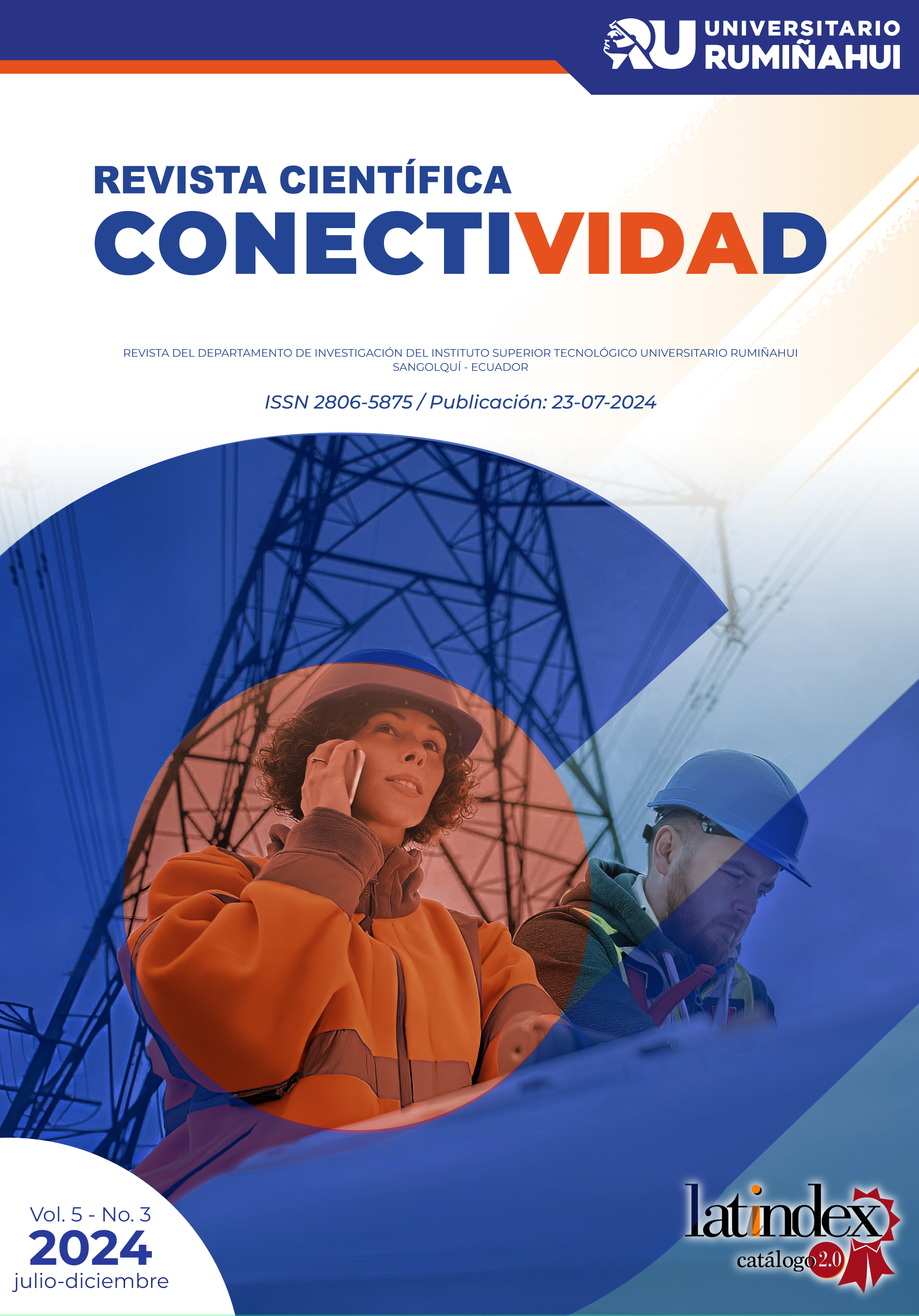Use of artificial intelligence among teachers of higher basic education in Ecuador
DOI:
https://doi.org/10.37431/conectividad.v5i3.148Keywords:
Artificial intelligence, Learning, Academic performance, Acceptance of technologyAbstract
This article examines the adoption of artificial intelligence (AI) among higher primary education teachers in Ecuador, highlighting the importance of intention to use, perceived usability, and expected usefulness. The need to improve usability and communicate the usefulness of AI for adoption is emphasized, with implications for teacher training. The study uses a quantitative approach and structural equation modeling to analyze data from 299 teachers from an education district, finding that perceived usability and expected usefulness significantly influence the intention to use AI. The findings suggest that improving usability and communicating the benefits of AI can encourage its adoption among educators. Topics include the evolution and future trends of AI in education, the integration of technology into teaching practices, and the teachers’ acceptance of technology through models such as the Technology Acceptance Model (TAM). The importance of equipping teachers with the skills necessary to integrate technology into education, inspired by frameworks such as TPACK, is also highlighted.
Published
How to Cite
Issue
Section
License
The originals published in this journal's printed and electronic editions are the property of the Instituto Superior Tecnológico Universitario Rumiñahui. Therefore, citing the source in any partial or total reproduction is necessary. All the contents of the electronic journal are distributed under a Creative Commons Attribution-Noncommercial 4.0 International (CC-BY-NC 4.0) license.



2.png)











